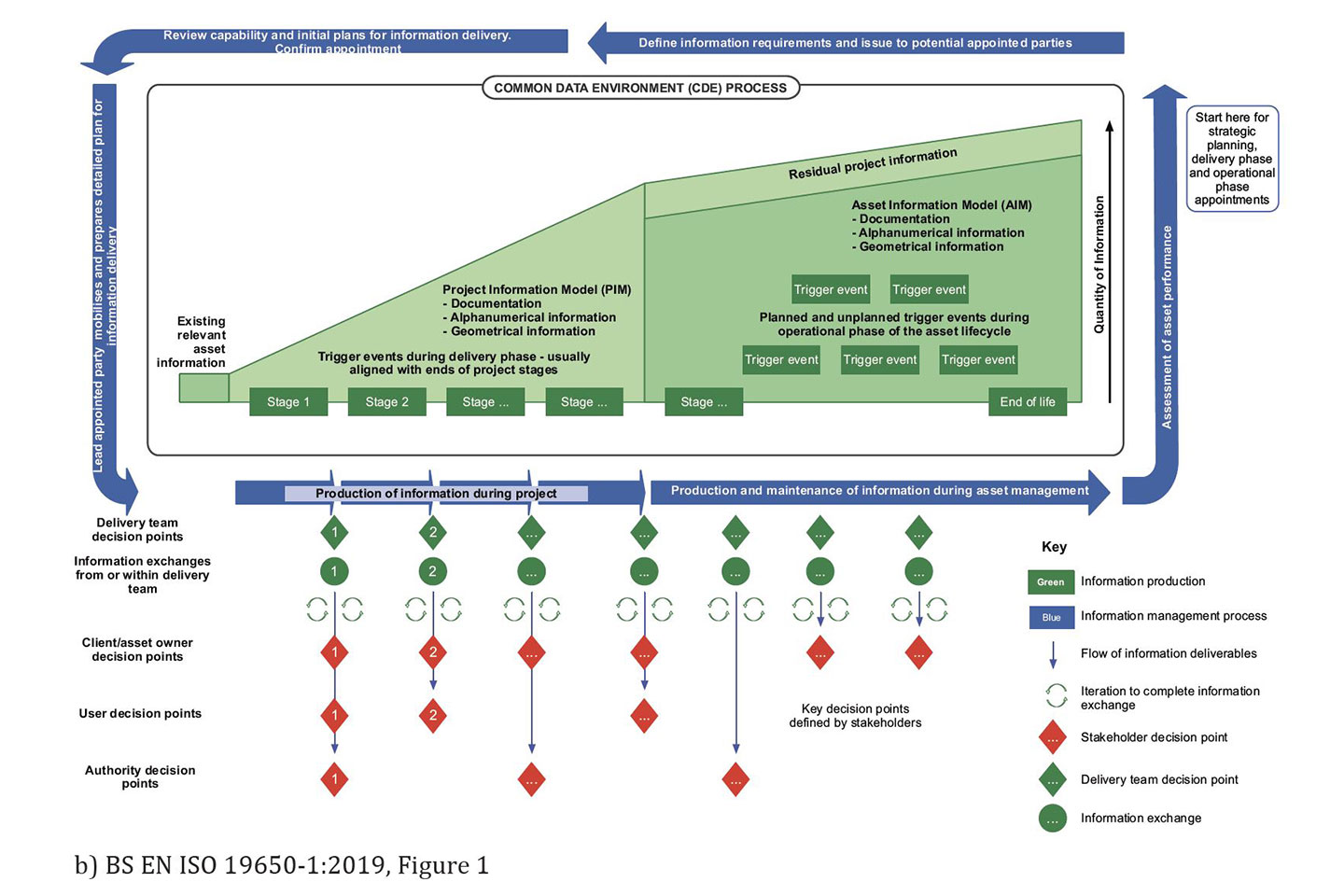Packing more profit into your projects by implementing a Common Data Environment
by Sarah Marshall | September 25, 2020 | 3 min read

Home / Insights / Project Management / Packing more profit into your projects
Reduced risk, reduced waste and reduced time undoubtedly increases productivity and in return increases profit on construction projects, but how do we do this? One possible solution is through proper management and well-thought-out setup of a Common Data Environment (CDE).
We have just this week kicked off a new concept design masterplan project with Ryder Architecture for a London-based, very large hospital site redevelopment, where there is a requirement to write a CDE protocol and set up the CDE.
For a project on this scale there needs to be a single repository of information for everyone to work from, particularly at this concept stage where current information is being updated and new information is provided on a daily basis, and with many design iterations expected to come in the run up to planning submission.
Therefore, there will be a need to find all project documents quickly and easily, eliminating data silos and keeping all project content in a single, secure, centralised (cloud) solution.
There are many interpretations of what a CDE is, however industry guidance has been provided in the ISO 19650 standards, by definition a CDE is an agreed source of information for any given project or asset, for collecting, managing and disseminating each information container through a managed process. This essentially means to manage, share and collaborate with others in the project – in other words all appropriate information is available to each project team member.
By setting up a CDE in line with industry standards we are providing the project team with live files and any up-to-the-minute changes to drawings, models, images and so on will be documented, eliminating the risk of rework.
In using a CDE we are creating this needed central repository for construction project information. Operating in this way offers greatly improved project collaboration and information management, connecting teams, models and project data in one environment, ensuring a single source of project truth where the project team are given access only to what they are authorised to access.
This allows us to reduce time and effort needed to check, verify and validate information.
The BIM Academy approach is to assess what is needed on the project, what the client and each member of its supply chain needs, and indeed what software parameters they work within. Then apply the most logical digital solution.
For this healthcare project, we have adopted the use of BIM 360. Having worked with many of the commonly known CDE software, this was selected for it ease of use, particularly for first time users.
Our role as information manager on a project often involves setting up the CDE. We see the CDE as a combination of technical solution and process workflows, used for data management, model viewing and hosting cloud-based models.
For our clients, this means all information on the project is available for reference. Everyone works from the latest information available and improves coordination, avoiding duplication and costly mistakes. As a result, following completion of a project, asset information is readily available to handover.
Not taking this approach risks the project team working from old revisions of models/ drawing or slowing down project development due to waiting on latest/ up-to-date information.
So my point is, to make your projects more profitable, don’t let data slip through the cracks.
A well-thought-out and properly managed CDE sets projects up for success, allowing the project team to optimise and utilise the information when and where it matters most – from design through to operation.

